How Many Watts Does a TV Use: 24, 32, 50, 55, 65 Inch TV and More
A television is one of the most-used tools in most homes. But have you ever asked about how many watts it uses? It's important to know how much power your television uses, whether you want to lower your electric bill, set up an off-grid system, or match your television with a movable power station. This post addresses how many watts a television of a certain size generally uses, what factors affect that quantum of power, and how to measure and handle it formally. Many people who own their own homes wonder, "How Many Watts Does a TV Use?" This guide gives you a full answer.
How Many Watts Does a TV Use by Size?
Wattage for TVs changes a lot depending on their size and the technology they use. Around 20 to 30 watts is what a small 24-inch LED television requires. As the size goes up, so does the power operation. A 50-inch TV might use 70 to 100 watts, and a 32-inch TV might use 30 to 50 watts. A normal 55-inch LED TV uses around 100 to 150 watts, and a bigger 65-inch model might use around 120 to 180 watts. TVs as big as 75 inches can get as high as 250 watts or further.
" How many Watts Does a TV use, depending on the Screen Size?" is a common question among people who are looking for energy-efficient technology. Keep in mind that these figures may be different depending on the type of television, similar to LED, OLED, QLED, or Tube. Because of how their defenses are made, OLED and Tube TVs tend to use more power. LED TVs, on the other hand, use the least amount of power.
What Affects a TV’s Power Usage?
There is more than just the size of a TV that affects how much energy it uses. The first thing to think about is the type of monitor technology. LED TVs, which are very popular now, are made to use less energy. Because they have better pictures and more complicated lighting systems, OLED and QLED types tend to use more power. Plasma TVs use the most power, even though most people don't have them anymore.
Light brightness is also a big factor. A television that's set to a modest setting will use less electricity than one that's set to maximum light. The quantum of power your television uses will also depend on how frequently and for how long you use it. A small difference in power can add up over time if your television is on for hours every day. Smart TVs that have voice aides, streaming apps, and software changes that run in the background also use further power, especially when they are not being used but are still online.
Still want to know" How many Watts Does a TV Use When It's Not Being Used or in Standby Mode?" These things make a difference. It also matters how old your TV is. Most of the time, older models use more electricity than newer ones, even if they're the same size. Newer models need much less power than older ones because of improvements in energy-efficient design.

How Can You Measure or Check Your TV’s Power Consumption?
It is easier than you think to find out how much energy your TV burns. See the label on the back of your TV or the user instructions for one of the easiest ways to find out. Manufacturers usually list the amount of power used in watts or amps.
A power cadence like the Kill-A-Watt is another effective way to do it. Just plug your television into the cadence, and it'll show you right down how important power is being used. This is a great way to figure out how much power your television really uses when it's being used typically. This tool will give you the exact answer to the question," How many Watts does a TV Use in Normal Conditions?"
You can also find out how important power commodities are on the website of the maker. Brands frequently put out detailed specs, similar to how much power they use on average and at their peak. However, use this formula: Watts are equal to Volts times Amps. If you want to figure the commodity out snappily. Most homes in the U.S. use 120 volts, which means that if your television uses 0.5 amps, it's using about 60 watts.
How Many Amps Does a TV Use?
Watts show how important power is, while amps show how important electricity is flowing. Most TVs do not use a lot of electricity. A small LED television that has 24 elevations might use about 0.25 amps, and a medium-sized television that has 32 elevations might use about 0.4 amps. Depending on the technology and settings, a television 50 inches or bigger could use anywhere from 0.8 to 1.5 amps.
Use the calculation Amps = Watts x Volts to find out how many amps your television requires. A 120-watt television on a 120-volt power source, for example, needs about 1 amp. This number is veritably important if you are going to use movable power sources or power during a power loss. Again, knowing" How Many Watts Does a TV Use?" will help you get a better idea of this.
How Much Does It Cost to Run a TV Per Hour, Day, or Month?
The price of electricity varies where you live, but in the U.S., the average price is about 0.16 per kilowatt-hour ( kWh). First, change the television's power to kilowatts to find out how much it costs to run. 0.12 kilowatts is how much power a 120-watt television uses.
It costs about 2 cents to watch that television for an hour, which is 0.12 kWh times 0.16. You spend about 10 cents a day, or just under 3 a month, if you watch it for 5 hours a day. You can see how the cost adds up when you do that for more than one TV or type with higher wattage.
"How Many Watts Does a TV Use Daily?" is a common query when analyzing energy bills. You can better plan your spending if you know the answer.
What Portable Power Stations Can Power a TV?
Movable home battery backups are great for camping, parties, or when the power goes out. Luckily, most new TVs do not use a lot of power, which means they work great with a foldable solar panel or movable battery packs.
Here are two models from Aferiy that we think you'll like:
-
Aferiy P210 Portable Power Station: There portable small power station has 2048Wh of batteries in this machine, and it can power a normal 120-watt television for about 17 hours. It's great for long movie nights or power outages.
-
Aferiy P310 Handy Power Station: This 3600W generator has a 3840Wh capacity and 3600W output, a more powerful option. It can power your TV for over 30 hours on a single charge, perfect for situations where you don't have access to a power source or for long trips.
Still," How many Watts Does a TV Use on Provisory?" These models can help if you want to power your setup and are wondering.
Aferiy also makes the 1200W power station(1200W/960Wh), which is good for smaller TVs, and a number of battery-powered generators that can help you get even more use out of your generator.

How Can You Reduce Your TV’s Energy Consumption?
There are a number of good ways to lower your TV's power use and your electricity bill. First, always turn off your TV when you're not watching it. Leaving it on for background noise costs more than it needs to. Modern TVs often have green or power-saving modes. When this mode is turned on, the brightness is automatically lowered, and functions that use a lot of power are turned off when the TV is not being used.
You can also lower the brightness of your TV by hand, which also works. A lot of TVs come with settings that are meant for store displays and are much brighter than what you need for home use. By changing this, you can save energy and make the screen last longer.
Another easy fix is to use smart entrapments. You can set monuments for when to turn effects on and off, track how important power is being used, and indeed turn off" phantom power," which is electricity used by bias that is" out" but still plugged in. Also, open the television when you are not going to be home for a long time to stop it from using power while it's not being used.
Still, you should first find out" How many Watts Does a TV Use?" and also use that information in smart, useful ways if you want to save electricity.
Lastly, unless you have to, don't use your TV as a computer or multi-screen device. Total power use goes up a lot when you stream, play games, or share your computer for hours on end.
Conclusion
Chancing out how many watts your TV uses is not just for energy geeks; it can also help you save money, make stylish use of your home's energy, and prepare for times when you will not have access to the power grid. TVs with 24- or 32-inch displays use virtually little power, while TVs with bigger displays can use up to 250 watts, based on their features and settings. Energy use is greatly affected by things like screen type, light, and daily use.
If you want to keep your TV going during power blackouts or when you're in a remote area, a portable charging station like the Aferiy P210 and P310 is stable and has a lot of power. The shape of these boxes makes them good at handling TVs and other home items. With Aferiy's solar-powered generator and power sources, you can watch your favorite shows or stream content no matter where your life takes you.
Related Reading:
What Can a 7500-Watt Generator Run?

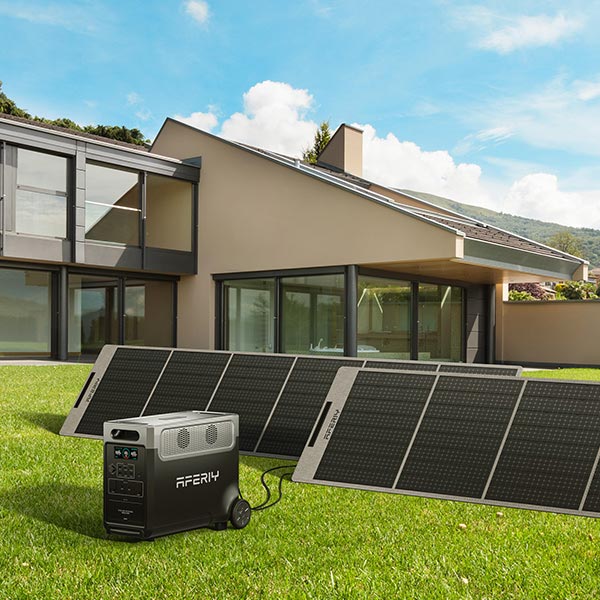
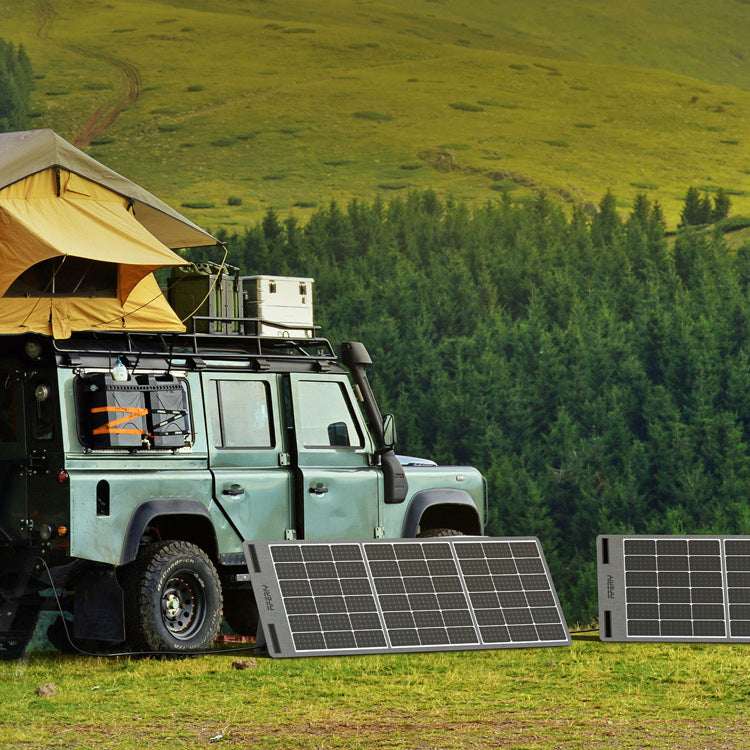
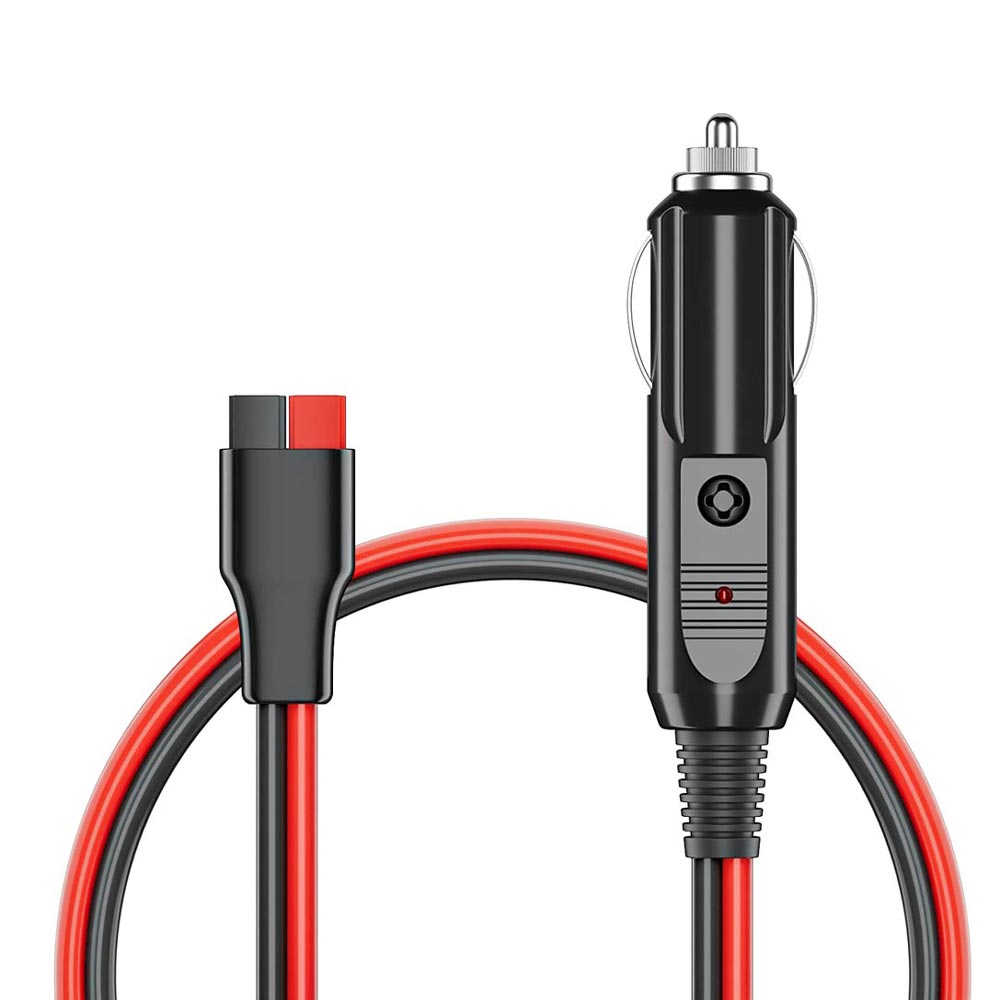


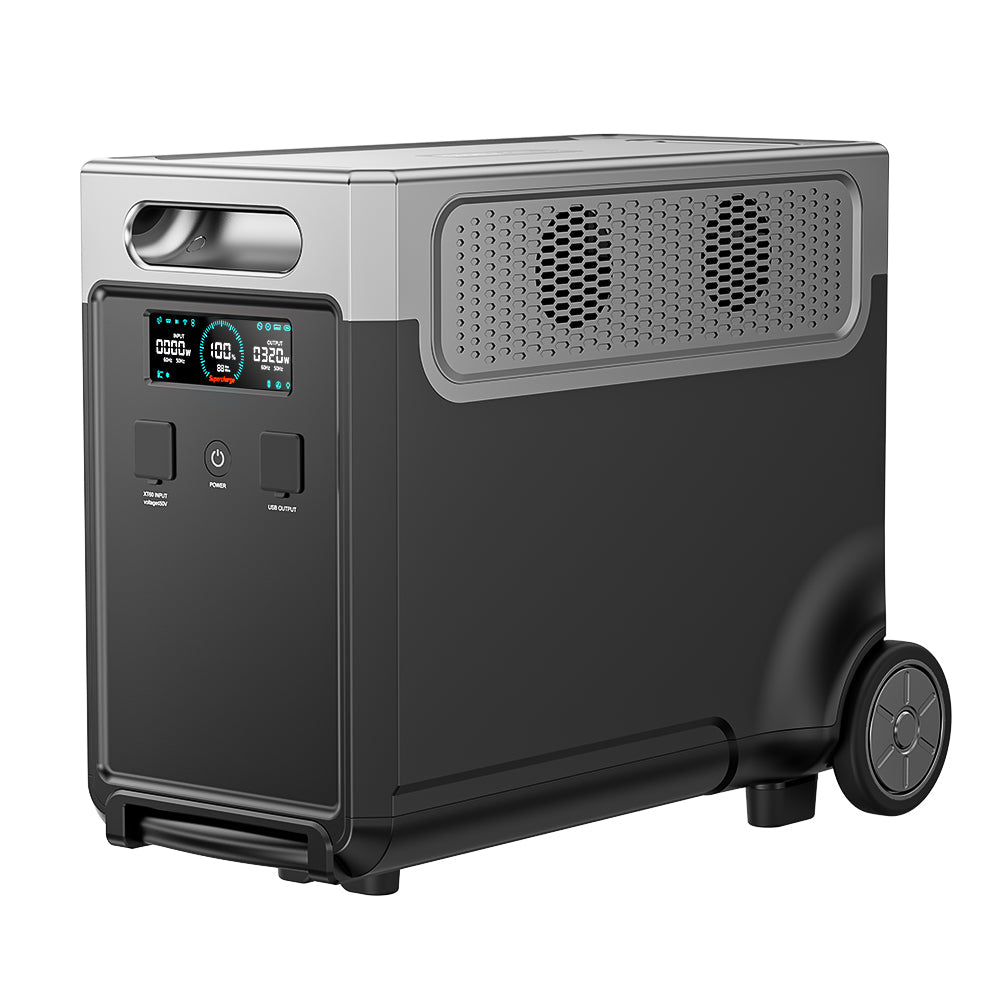
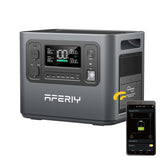

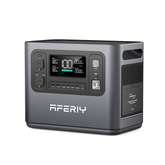

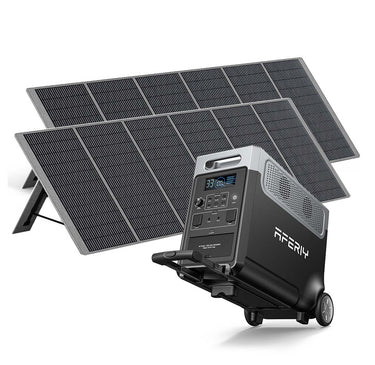
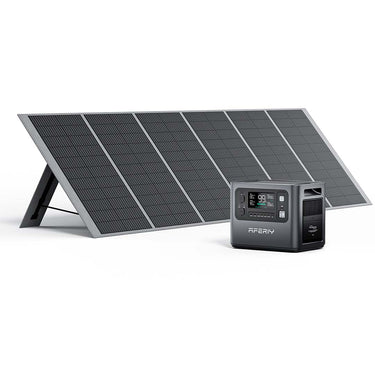


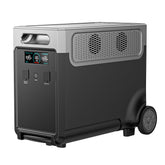

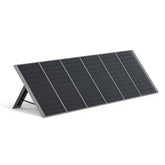

Leave a comment
Please note, comments need to be approved before they are published.